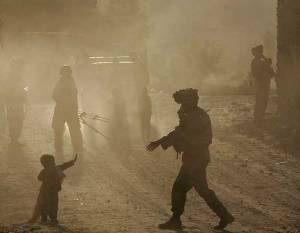O cloak is the second layer of the Earth, located between the Earth's crust and core, with depths ranging from 30 km below the crust to 2,900 km and temperatures that reach 2,000 ºC in the deeper regions. Its predominant composition is formed by silicates of iron and magnesium. The mantle is the largest of the Earth's layers, with 83% of the planet's volume and 67% of its mass.
There is a small and thin intermediate layer that separates the mantle from the earth's crust, it is the Mohorovicic discontinuity or, simply, discontinuation of Moho. In it, processes of melting of rocks and solidification of magma occur, which originate igneous rocks.
In addition to Moho, there is yet another discontinuity that, this time, separates the mantle from the Earth's core, characterized by presenting a greater liquidity and an intermediate mineralogical composition between the component elements of the core and those components of the mantle. She is named after Wiechert-Gutenberg discontinuity.
The earth's mantle is divided into two parts, one internal and one external. The basic difference between them lies in temperature and physical composition, since the upper mantle is “cold” and pasty, and the lower one is hotter and more liquefied. Furthermore, due to the force of gravity and pressure, the density of the lower mantle is much higher and fluid movements are more intense.
In the layer of the mantle there are the calls convection currents, which are cyclic and circular movements that occur with the plastic material that composes it. This movement is slow, but exerts a high pressure on the earth's crust, allowing the occurrence of events such as the movement of tectonic plates, earthquakes and volcanism.
By Rodolfo Alves Pena
Graduated in Geography
Source: Brazil School - https://brasilescola.uol.com.br/geografia/manto-terrestre.htm

